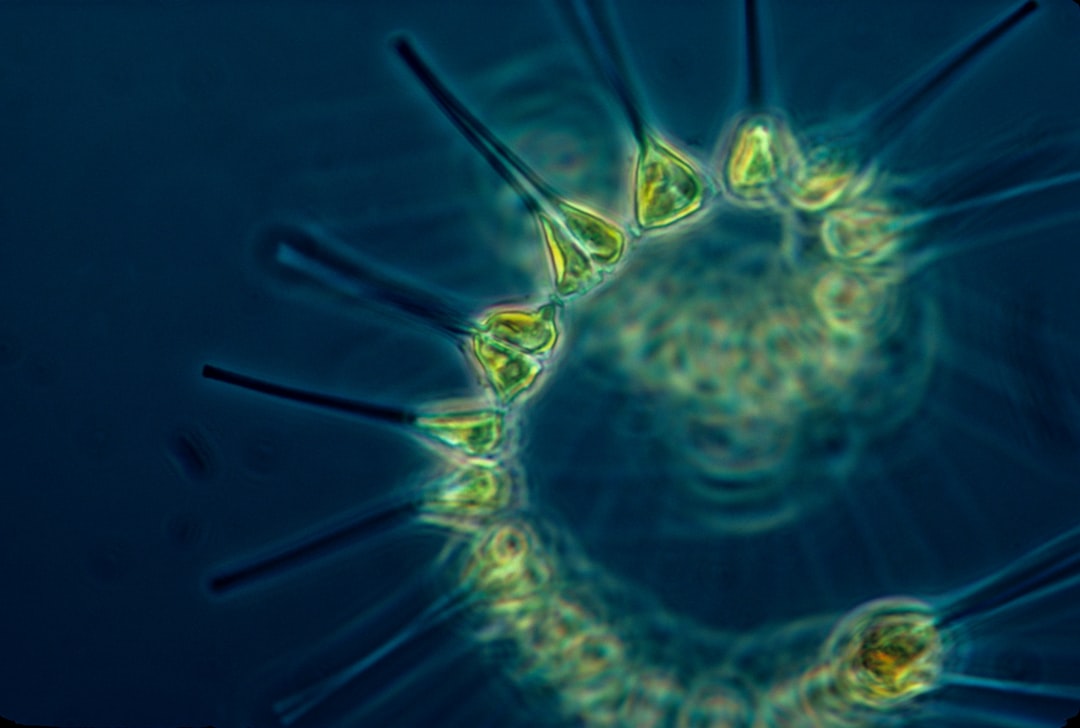What is it about?
We present a numerical methodology based on the use of the Newton and level set methods and tailored for the simulation of incompressible immiscible two-fluid flows with moving hyperelastic membrane. The method features the use of implicit time integration schemes and is based on a consistent Newton–Raphson linearization. The performances are enhanced by using the Kou’s method (Kou et al., 2006) which features a third-order convergence behavior without requiring higher order derivatives. To overcome numerical instability issues related to the explicit decoupling, a fully monolithic strategy and a partitioned implicit strategy are devised. We investigate the main features of the proposed strategies, and we report several numerical experiments with the aim of illustrating their robustness and accuracy. We show numerically that the monolithic strategy performs better and remains stable when considering relatively small viscosities or large stiffness, for which the partitioned approach depicts a slow convergence or even fails to converge. However, the partitioned strategy features significant computational savings when it converges within a reasonable number of sub-iterations.
Featured Image

Photo by James Lee on Unsplash
Read the Original
This page is a summary of: Implicit finite element methodology for the numerical modeling of incompressible two-fluid flows with moving hyperelastic interface, Applied Mathematics and Computation, September 2018, Elsevier,
DOI: 10.1016/j.amc.2018.03.074.
You can read the full text:
Contributors
The following have contributed to this page










